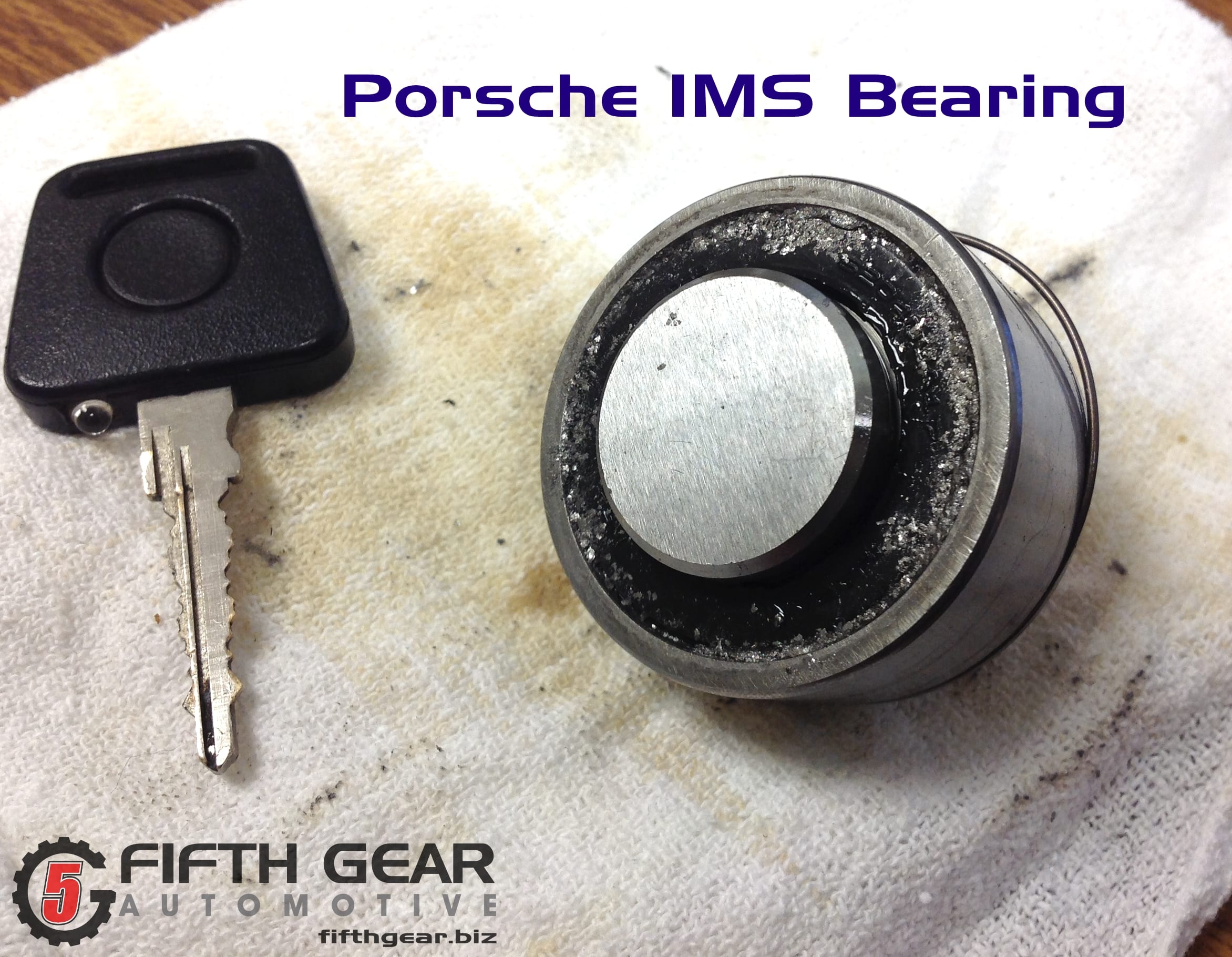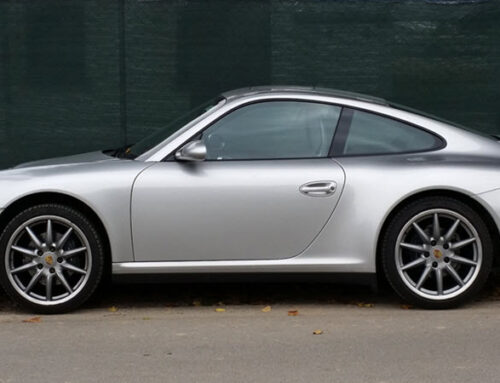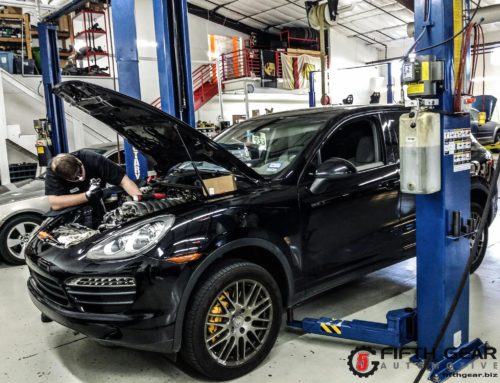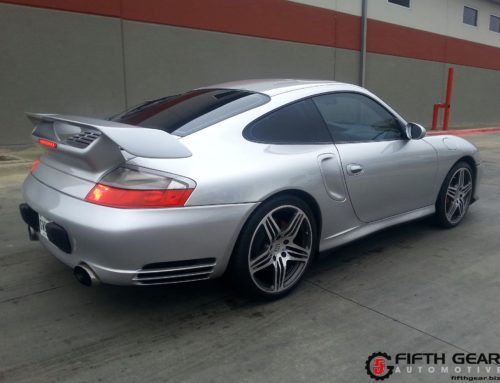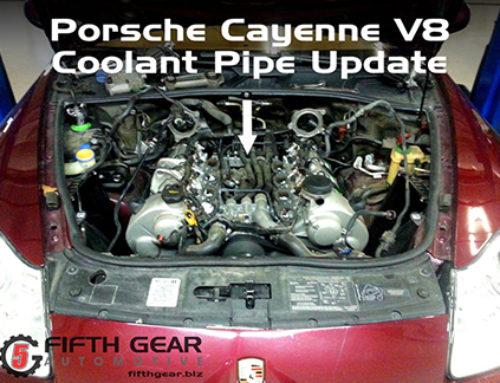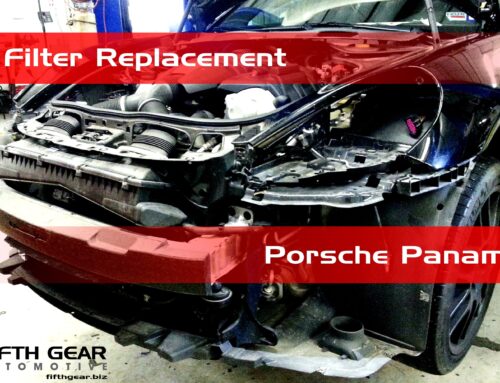Everything you need to know about the Porsche IMS problem, from what causes IMS failure to how you can prevent it and safeguard your Porsche from early catastrophic engine failure.
If you own or are thinking about buying a 996 or 997 generation of the Porsche 911, or a 986/987, and don’t already know about the “IMS bearing upgrade,” keep reading because this information may very well save you thousands.
If your IMS bearing fails, you’re going to have a bad time.
The biggest weaknesses in the original bearings can be boiled down to two deficiencies: 1.) The material of the ball-bearings is not quite strong enough withstand the loads exerted upon them, and 2.) insufficient lubrication of the bearing. Conversely, there are many reasons for IMS bearing failure and most of the time it is a combination of causes that ultimately results in bearing failure. The failure-rate of some of these original bearings has been estimated as high as an astonishing 10% after an average of just 90,000 miles. Since it has been documented that some of these bearings have failed after just 3,000 miles while others still have lasted for more than 200,000, the only safe conclusion that can be drawn is that all M96 and M97 engines in Porsche 911’s (996 or 997) and Boxsters (986/987) from 1997 through 2008 are at risk of suffering IMS bearing failure at any time, regardless of mileage. Once the intermediate shaft bearing has failed, options quickly become few and expensive. The best case scenario is if only the intermediate shaft needs to be replaced, which involves a complete engine removal and disassembly. Most of the time, however, your only option will be to totally rebuild the engine or replace it in its entirety.
You may be wondering how such a small component has the capacity to trash an entire engine, seemingly at the drop of a hat, so let’s take a moment to explain what the IMS bearing is and what it does…
“What is the IMS Bearing?”
To begin with, “IMS” stands for Intermediate Shaft. Basically, it is a geared shaft protruding from the front and rear of the engine and its function is to indirectly drive the camshafts on either side of the engine off the mechanical rotation of the crankshaft. The intermediate shaft itself is not, however, the cause of the widely-known and oft-discussed 996 and 997 “engine problems.” The basic design and use of the intermediate shaft was not a new development for the then-new water cooled “M96 engine” used in the 996. In fact, the intermediate shaft has been around as long as horizontally-opposed flat-six engines for the Porsche 911 is so famed. The incorporation of the intermediate shaft on Porsche’s flat-sixes had been, up to this point, tried and true both in concept and in practice. The rub (pun intended) in the M96 engines (and the later revised “M97 engines”) is in the ball-bearing inside the IMS.
The IMS bearing for these engines went through several design revisions from 1999 – 2006, including both single-row and dual-row bearing designs, without ever adequately solving the problem. Finally, the M96 and M97 engines we replaced by the “9A1 engine”, the first 911-bound engine to dispense with the intermediate shaft altogether in favor of a system of driving the camshafts directly off the crankshaft. That’s all well and good if you bought a 911 of a 2009 or later model year that has the newer 9A1 engine, but what can you do to “prevent IMS bearing failure” if you own a 911 with one of the early M96 or M97 engines? And what if you’re looking to buy a pre-owned 911?
Professional Advice for Avoiding and Preventing IMS Bearing Failure
In either case, fear not because there is an answer. And that answer is the “LN IMS bearing retrofit” upgrade manufactured by LN Engineering. The biggest and most reputable manufacturer of IMS bearing upgrades is LN Engineering and they are our exclusive source for the hundreds of these upgrades we have performed and continue to perform on a regular basis. The materials, design, and serviceability of the LN IMS Retrofit upgrade virtually eliminates the risk of IMS failure and the consequent gargantuan repair costs.
For owners, our advice is to find a qualified Porsche specialist and have the IMS bearing upgrade performed on your car. We don’t recommend rushing to have it done before putting one more mile on your engine, necessarily, but it’s probably best to do it when during another procedure like replacing the clutch or rear main seal, or any other job where there is a lot of overlapping labor involved. Doing so will mean you can enjoy your Porsche without the looming worry of imminent engine failure with every squeeze of the throttle. Beyond that, it will preserve the resale value when it’s time to sell. Many knowledgeable buyers won’t even consider a car that doesn’t have an IMS upgrade in its service history, and if they do, you can expect to have to lower the asking price by a significant amount.
For prospective buyers, our advice is to do your homework. You should always ask to see the service history of any pre-owned car you’re considering for purchase but it’s especially critical to see that an IMS upgrade has been performed on one of these. If it has, great! If not, it’s your call if you want to pursue it further and, if you do, you can reasonably expect a much lower price for having to get the IMS upgrade performed yourself as well as for the increased risk associated with a car that doesn’t have it. In either case, always find a qualified Porsche specialist to perform a pre-purchase inspection on the car. Walk away from any seller that hesitates or refuses to allow a pre-purchase inspection, and be wary of any deal that seems “too good to be true” because it usually is.
For more details about the LN IMS Retrofits, visit their website at IMSretrofit.com.
To learn more about having the IMS bearing upgrade performed on your 996, 997, or Boxster give us a call at 972-317-4005 today!

